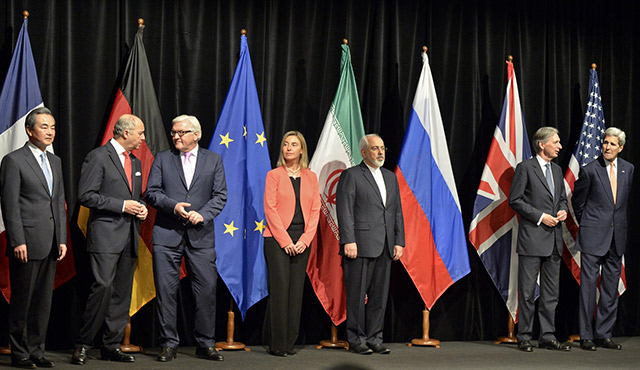During the first semester of my college freshman year I was subject to one of the Vietnam-era draft lotteries. The process was simple: in a small bin were 365 capsules, one for each day of the year, and they were drawn one after the other. At the time, if one of the lower numbers were drawn, and it corresponded to your birthday, there was a good chance that you’d be drafted into the Army unless you could claim an extenuating circumstance. Those circumstances included such things as medical conditions and student deferments (your grades had to be good).
My grades were solid, but the prospect of being drafted led me to further hedge my bet and join the Air Force ROTC unit on my campus. Active ROTC cadets were not drafted, but had the option of leaving the ROTC after their sophomore year (and having their draft status reinstated) or remaining in uniform until graduation, at which time they would be commissioned as officers and enter the Air Force for a four-year hitch. Wearing the Air Force blue uniform once a week, maintaining spit-shined shoes and marching around the athletic field seemed a small price to pay for peace of mind.
I got along well with our commanding officer, a regular Air Force colonel who taught several of the classes we were required to take as part of the program. The first of these classes had to do with the organization of the Air Force and what each part—Military Air Command, Tactical Air Command and Strategic Air Command—did. It was largely technical and involved lots of charts and graphs, but one class is indelible in my mind. It was the one during which we discussed the U.S. nuclear arsenal.
As the discussion progressed, and we started doing the mental math about atomic yield, number of devices, delivery systems, blast radii and fallout estimates, it began to dawn on us that our nation had amassed a nuclear arsenal that represented massive overkill. And when we added the atomic capabilities of the other nuclear superpowers—the Soviet Union and China—the scenario boggled the mind. Someone stuck up his hand.
“Colonel,” said the student in a tentative voice, “it sounds like there are enough bombs and missiles out there to incinerate the earth many times over.”
The colonel looked at him evenly and took a breath. “That’s right,” he said. He wore the expression of a man who didn’t have an answer for the next question, which never came. We sat in sepulchral silence for a long minute.
It was difficult not to come away depressed. Even though most of us likely already knew the grim truth in our guts, we had just had our worst suspicions confirmed by someone who really knew. There was no dodging this new reality.
Still, there was a reason for hope, and it was a strong one, one that returned as I was working on the story in this issue about the 70th anniversary of the atomic blast at Hiroshima: in seven decades, only two atomic devices have been used against human populations. Since 1945, in spite of all the fulminating, posturing, threats and confrontations, all hands have stayed away from the nuclear buttons. And today the arsenals continue to shrink.
God willing, perhaps in our children’s lifetimes our destructive capabilities will be reduced to the point where we can only incinerate the earth once.

